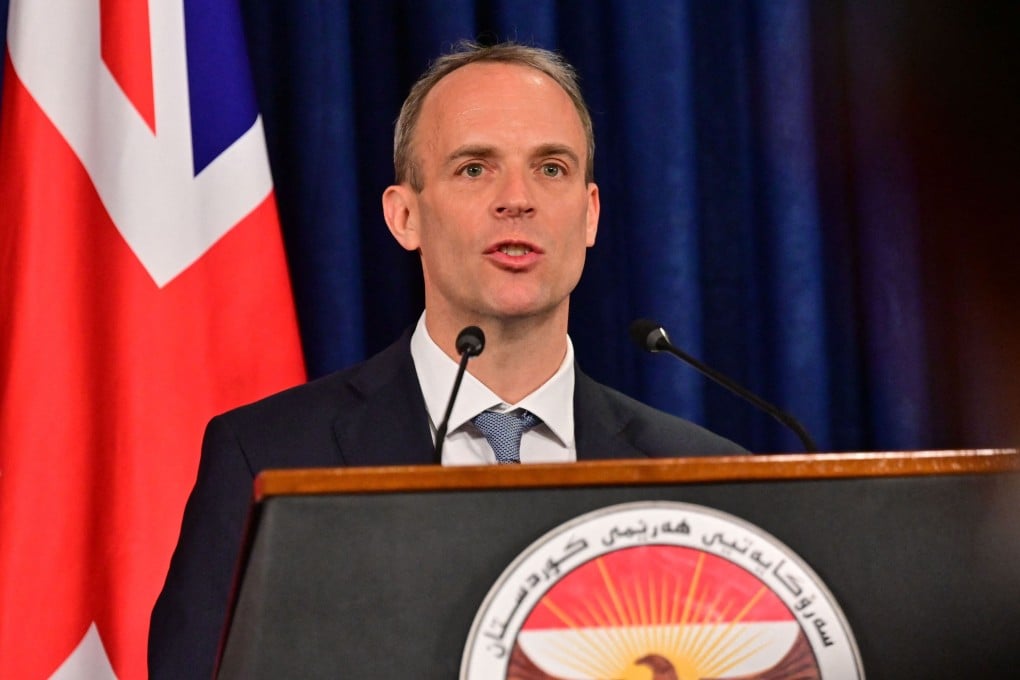Advertisement
Raab’s Asean trip highlights UK’s plan to reinvent itself by shifting trade and foreign policy focus, analysts say
- British foreign minister completed a three-nation tour of Southeast Asia as the country charts a new course following its exit from the European Union
- The UK has also begun negotiations to join the 11-nation Comprehensive and Progressive Agreement for Trans-Pacific Partnership trade deal
Reading Time:3 minutes
Why you can trust SCMP
6

British Foreign Secretary Dominic Raab’s three-nation tour of Southeast Asia that ended in Singapore on Thursday goes some way in putting meat on the bones to the European power’s plan to reinvent itself in the region in the post-Brexit era, analysts say.
The trip coincided with Britain’s announcement this week that it has started negotiations to join the 11-nation Comprehensive and Progressive Agreement for Trans-Pacific Partnership (CPTPP) trade pact that includes four Southeast Asian nations.
Prime Minister Boris Johnson’s government is also awaiting formal accession as a new “dialogue partner” of the Association of Southeast Asian Nations (Asean), after the 10-nation bloc’s leaders in April said they backed the secretariat’s recommendation for such a move.
Advertisement
On Thursday, Raab held talks with Singapore’s Prime Minister Lee Hsien Loong and Foreign Minister Vivian Balakrishnan. Lee said after the meeting that the two countries had a “shared interest in upholding free trade, multilateralism and a rules-based international order”.
Singapore and its former colonial ruler were also expanding cooperation on the digital economy and climate change, Lee said.
Advertisement

Advertisement
Select Voice
Choose your listening speed
Get through articles 2x faster
1.25x
250 WPM
Slow
Average
Fast
1.25x